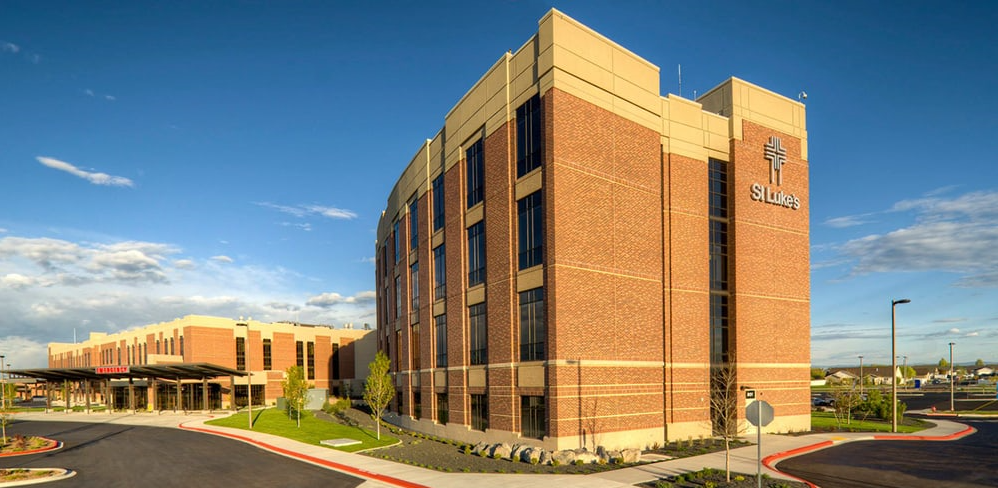
HOSPITALS DESERVE BLAME FOR ‘CRISIS STANDARDS OF CARE’
By Wayne Hoffman
Don’t blame the unvaccinated for the activation of the state’s “crisis standards of care” at Idaho’s hospitals. Blame the state’s big hospitals.
Going back to the 1980s, Idaho had close to four hospital beds for every 1,000 residents. Today, the state has slightly more than two beds per 1,000 residents. This isn’t just an Idaho problem. It’s one that U.S. hospitals have been facing for decades.
Idaho’s hospital system has been weighed down by the state’s explosive population growth and bad decisions by the system’s biggest players, including decades of support for government programs that drive patients through the hospital doors.
By 2012, Idaho had 3,559 hospital beds, according to records from the state’s Department of Health and Welfare. By the end of 2019, Idaho’s hospital bed count had grown by 6% from 2012’s levels, while the state’s population grew by almost 12% over the same period.
Such an uptick in residents might have been manageable had the hospitals not insisted on more government-run healthcare. After Congress passed Obamacare a decade ago, hospitals and their allies in the Idaho Association of Commerce and Industry were at the forefront of trying to expand Medicaid. They got their wish in 2018 when voters bought the now-painfully-obvious con that Idaho would get the program for free.
Medicaid expansion has had a well-documented negative impact on hospital utilization throughout the country. The Foundation for Government Accountability’s research shows how states that expanded Medicaid saw a reduction in hospital capacity while states that did not expand Medicaid were able to increase bed capacity. The IFF’s Fred Birnbaum has written extensively about the consequences Medicaid has had on state spending, noting the so-called “experts” grossly underestimated the program’s utilization by 53%.
If the increase in hospital utilization had an impact on the number of hospital beds at Boise’s largest hospitals, the data don’t show it. Saint Alphonsus had 387 beds in 2012. By July 2020, the hospital had actually reduced the number of available beds to 362. It maintained that number through July 2021. Over the same period, revenue at Saint Al’s nearly doubled.
Records show St. Luke’s had 536 beds in 2012, 605 in July 2020, and 604 in July 2021. Just as with Saint Alphonsus, St. Luke’s has seen a near doubling of its revenue over the last decade.
Moreover, the appearance of COVID-19 did little to change the availability of hospital beds in Idaho. In November 2019, Idaho had 3,783 beds. By summer of 2020, the hospitals statewide listed 3,817 beds, an increase of less than 1%.
Despite the strain on the system, both major hospitals threatened to fire employees who refused the COVID-19 vaccine. And while St. Luke’s recently sent around a memo claiming that no one has been fired for not being forcibly penetrated with a COVID needle, some number of employees have reportedly quit because of the mandate. An unstaffed hospital bed is basically a bed that can’t be used.
It’s convenient for the media and medical profession to point fingers at the unvaccinated for hospitals being at capacity. But the full story reveals the significant role the hospitals themselves played in getting us here. Not enough beds to begin with, demand for more government healthcare, lack of buildout once COVID hit, and unreasonable demands on employees also contributed significantly to creating the crisis at hand.
Wayne Hoffman is president of Idaho Freedom Foundation.
From idahofreedom.org